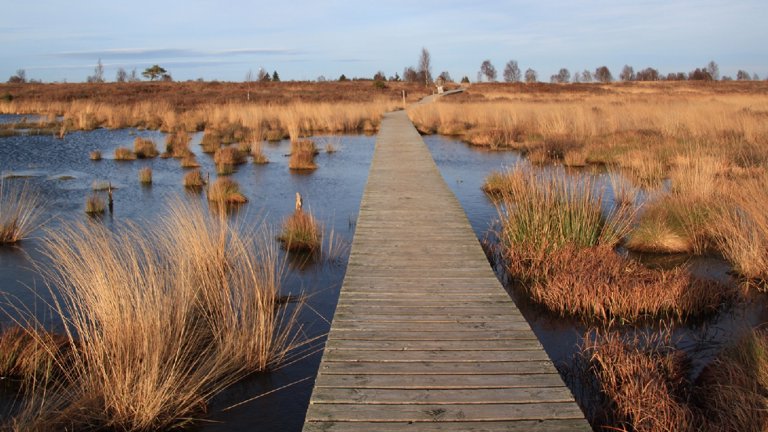Ecologists in action calls for more than twenty actions in the Spanish state to demand the restoration of the Spanish state damp areas on the occasion of the celebration of World Wetlands Day 2024 on February 2. It also coincided with the upcoming approval of the European Nature Restoration Regulationthe environmental organization demands the restoration of the degraded wetlands.
A lot of the Spanish wetlands have undergone significant decline in recent decades due to land use transformation and chemical contamination of groundwater from intensive agriculture and livestock farming.
“Restore nature!” is the motto of the twenty citizen actions – protest marches, environmental awareness days and presentation of reports on the ecological status of the wetlands – next weekend. The goal is to repair the damaged one humid areas of the Spanish statewhich coincided with the World Wetlands Day 2024 and the upcoming adoption of the European Nature Restoration Regulation.


This regulation, pending ratification in the European Parliament’s plenary session scheduled for the end of February, proposes the restoration of 20% of European ecosystems by 2030, and of all ecosystems in need of restoration between now and 2050. Once adopted Member States will have up to twenty-four months to prepare National recovery planswhere the areas and measures necessary to achieve the objectives will be identified.
Prioritization of wetlands in the European Nature Restoration Regulation
Ecologists in action demands that the preservation and restoration of the degraded wetlands of the Spanish state. Despite the approval at the end of 2022 of the Strategic Wetlands Plan until 2030No progress has yet been made in its development because some of the obligations set out therein have not been met, such as the abolition of water regulations, the possibility of drying wetlands or the establishment of a national map of wetlands are amenable to recovery.
The environmental organization believes that actions to restore wetlands should be a priority when preparing for the future National recovery plan, once final approval European Nature Restoration Regulation.
World Wetlands Day 2024: the critical situation of wetlands in Spain
A lot of the damp areas originals have disappeared. The recent conflicts around emblematic wetlands such as Doñana, the Mar Menor or the Tablas de Daimiel are the “tip of the iceberg” of the dramatic situation of these areas traditionally considered “unhealthy and in need of sanitary facilities” (Water Act 1866). ). This led to lagoons such as La Janda, in Cádiz, being drained in the first half of the 20th century under the Drainage of Lagoons, Swamps and Swamps Act of 1918.
That’s why it’s years Ecologists in action demands, in coalition with other environmental organizations, the restoration of the public domain and the restoration of the almost seven thousand hectares that make it up swampland Cadiz.
Currently, transformation and land use change pose major threats to these ecosystems. For example, ecologists and Acció de Catalunya have been criticizing for years that in the Llobregat Delta, 60% of the original lagoons are already covered in cement (cities, infrastructure and industrial estates), and that only 1% of the entire delta is preserved. have some form of environmental protection.
This situation is further exacerbated by the poverty of the population National Wetlands Inventory This is evident from a recent study conducted by Datadista for the Global Nature Foundationcollects only 20% of the damp areas that exist in the Spanish state.
In this sense, the Galician Federation of Ecologists in actionEcoloxistas en Acción Galiza, is working on the evaluation and cataloging of several wetlands of each Galician province to request its inclusion in the Inventory of the wetlands of Galicia as a preliminary step towards the declaration of protected space. To date, more than a thousand wetlands in Coruña and Pontevedra have been cataloged and proposed for inclusion in the Galician inventory, including “brañas”, peat bogs or “lagoas”.
The environmental organization also points to the growing impact of agro-industry and intensive livestock farming in recent decades in the areas of influence of the wetlandsdue to their transformation and impact on water quality.
Lucas Barrero, spokesperson for Ecologists in action, adds: “A worrying example is the Estero Domingo Rubio Natural Park in Huelva, where major fish kills have been recorded in recent years due to the proliferation of toxic algae. This situation is attributed to the excessive flow of agricultural wastewater from the strawberry fields surrounding the lagoon. Ecologists in action “We have been demanding for years the renaturalization of this wetland, recognized in the Natura 2000 network, as an essential measure to preserve biodiversity and guarantee the health of the ecosystem.”

